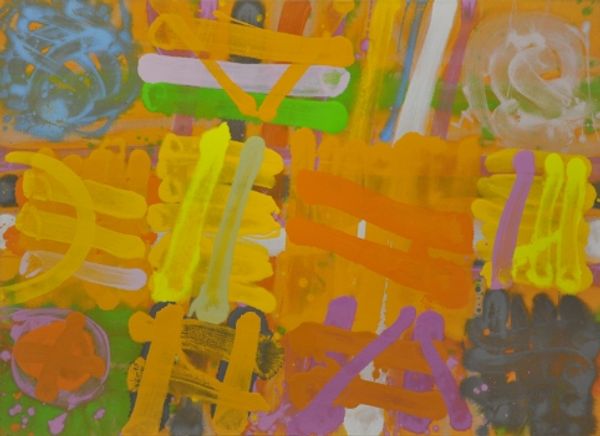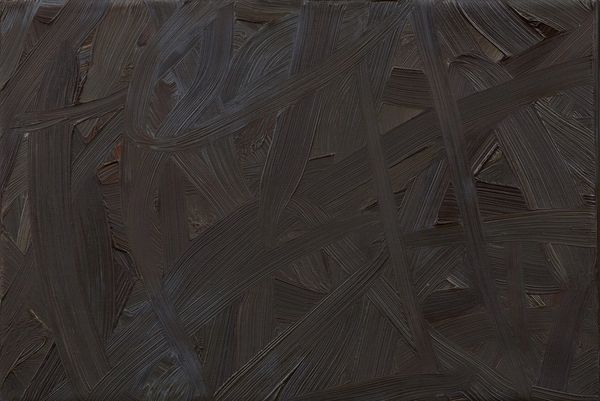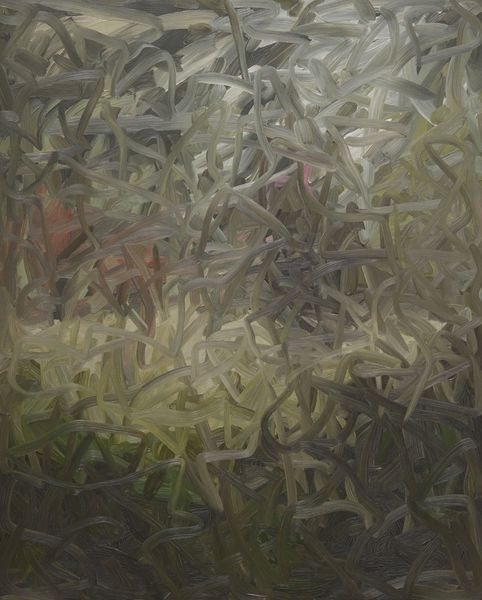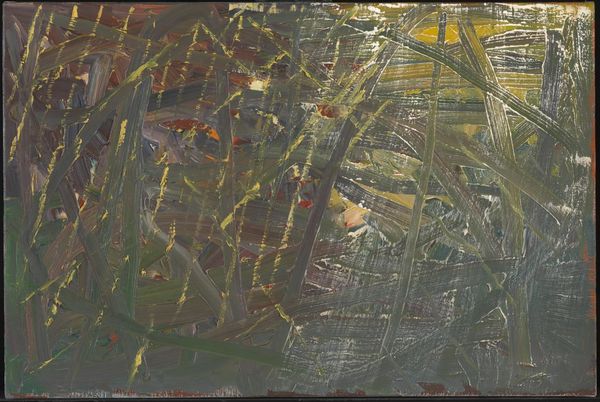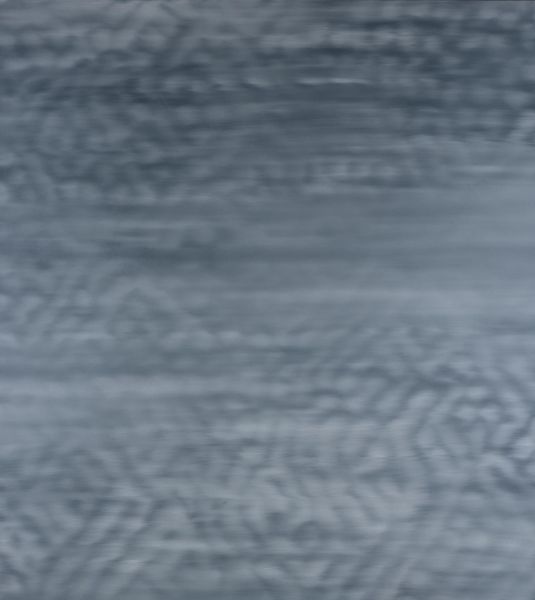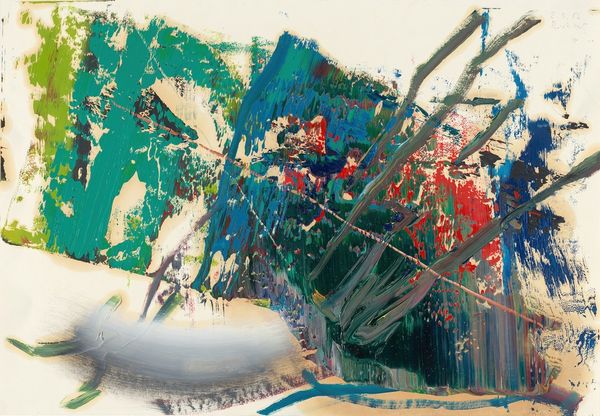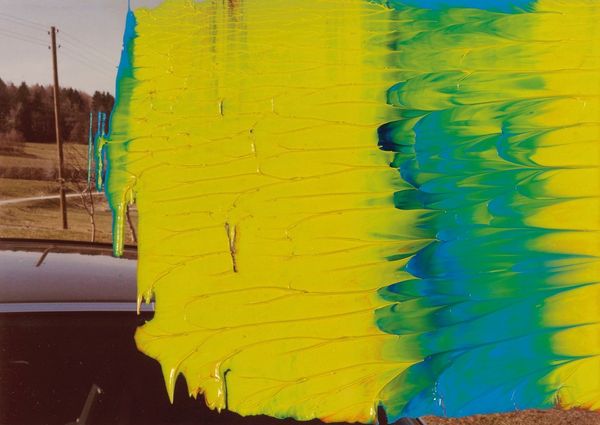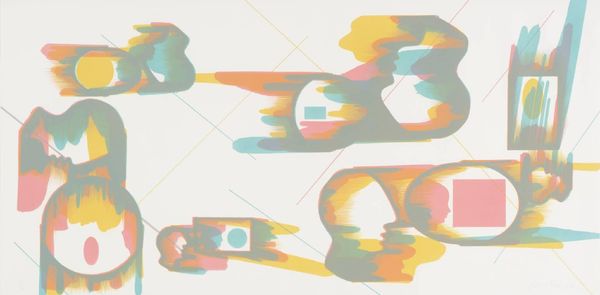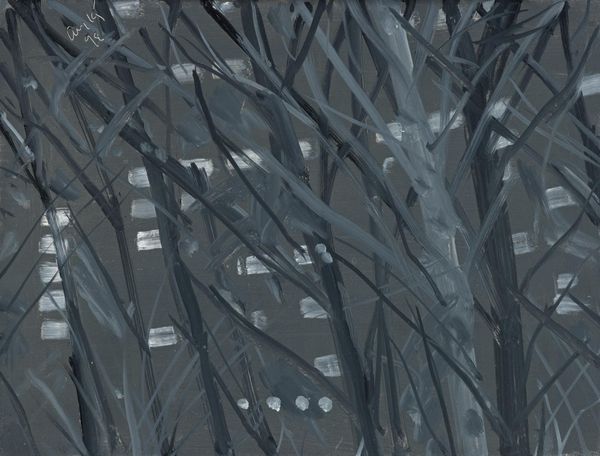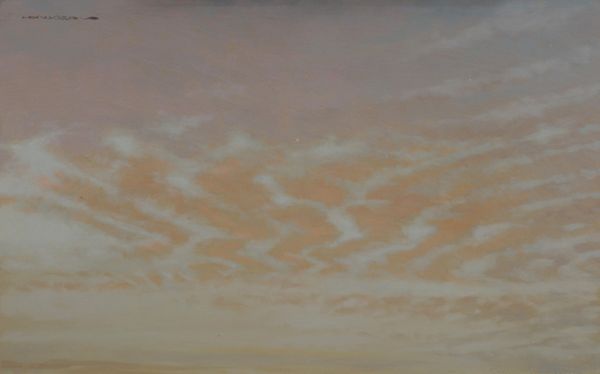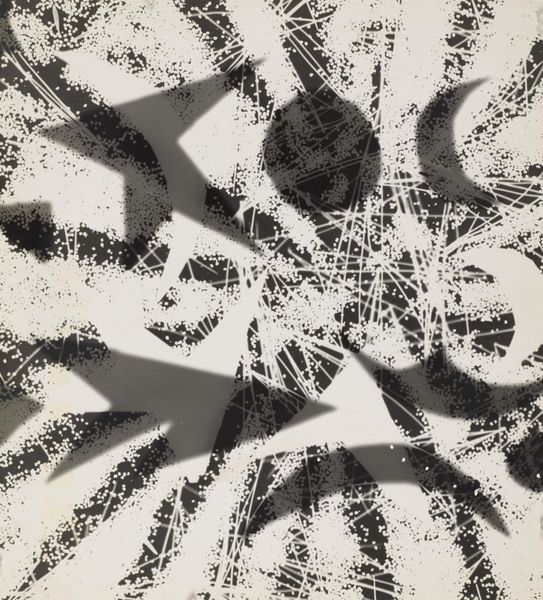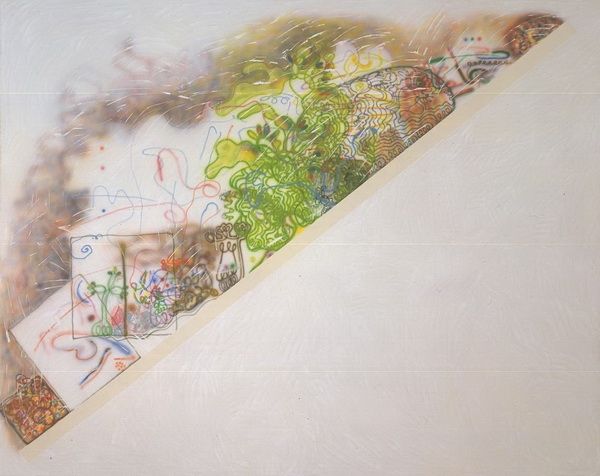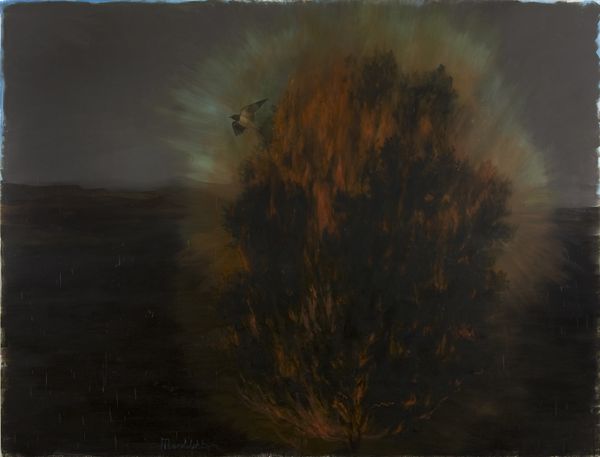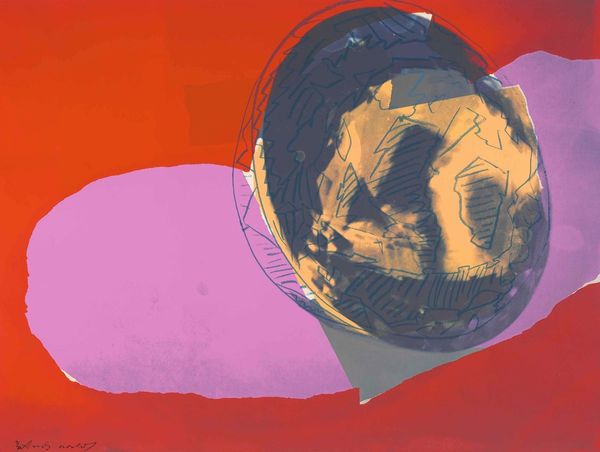
Dimensions: support: 2000 x 3000 mm
Copyright: © Gerhard Richter | CC-BY-NC-ND 4.0 DEED, Photo: Tate
Editor: So, this is Gerhard Richter’s *Abstract Painting No. 439*. It’s incredibly large and the layered colors almost give the impression of looking through blurred glass. What do you make of the historical or social commentary, if any? Curator: Richter’s abstract works are often seen as a reaction against prescribed ideologies. Coming of age in post-war Germany, he experienced both Nazi and Communist regimes. Do you think that his blurring technique might be a deliberate strategy to resist fixed meanings? Editor: I can see that. It is as though he is questioning the possibility of objective truth. Does his abstraction serve as a kind of rebellion against forced narratives? Curator: Precisely. It challenges the very notion of a singular, dominant narrative, inviting viewers to engage with the ambiguity and construct their own interpretations. Perhaps the lack of a date in the title serves to make it timeless in its revolt. Editor: That’s fascinating! It reframes how I understand abstract art. Thanks!
Comments
tate 6 months ago
⋮
http://www.tate.org.uk/art/artworks/richter-abstract-painting-no-439-t02348
Join the conversation
Join millions of artists and users on Artera today and experience the ultimate creative platform.
tate 6 months ago
⋮
For many years Richter used photographs as a source for his figurative works. In the mid-1970s he began to incorporate photography into the process of making abstract paintings. This work was made by photographing one of his smaller compositions (Oil Sketch No. 432/11), which he then projected onto a large canvas, and then traced in charcoal. He completed the larger painting with conventional brushes and oil paint, working the surface into a smooth state of finish which suggests the glossy surface of a photograph. Gallery label, April 2007
